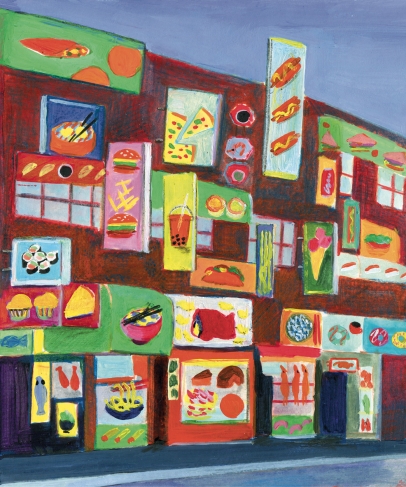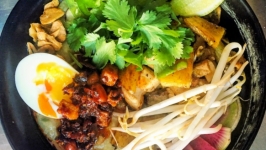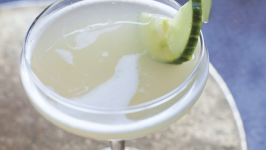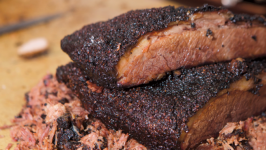An Ode to Flushing: How One Local Grew to Love Her Hometown
Growing up, whenever I’d tell somebody I was from Queens, whether a native New Yorker or not, they would always guess Flushing. I am Chinese American and that was where all the Asians lived, after all. I would always feel a tinge of embarrassment that they’d had me pegged right, and I’d wonder what assumptions they already had about me.
Most children from immigrant families feel some sort of identity crisis, but mine was inextricably tied to a neighborhood.
My family moved to Flushing when I was 6 years old, in the mid-’90s when it was just a middle-class neighborhood within commuting distance to Manhattan. There was a healthy Chinese and Korean American population, but they’d yet to become the majority. In my earliest memories, Main Street was still lined with big-box chain stores, supermarkets equipped with delicatessens and fast-food outlets.
In the years after we arrived, newer waves of Asian immigrants settled in Flushing, and older residents moved out. Meanwhile, I was becoming an awkward preteen struggling with weight gain and puberty.
I never felt like I belonged with the immigrant kids at my public schools. While they were thin from their non-American diets, I loved potato chips and Twinkies and wore baggy clothes to hide my developing figure. While they gossiped in their native dialects and fawned over boy bands from their home countries, I spoke English and watched Britney Spears videos.
I resented being compared to this Asian standard, just as I resented being forced to spend all my free time in Chinese schools and standardized test prep classes. My escape from it all was books and TV shows, which I devoted hours to each day. I told myself I was no different from any other American kid.
But one marked difference was that in all the media I consumed, I never saw anyone like myself or the neighborhood I grew up in. Queens and the New York that I knew just did not exist in the public consciousness.
For a kid who wanted to belong as much as I did, this meant growing up feeling inferior. It felt shameful that many of the adults in my neighborhood didn’t speak any English and needed their kids to do simple things like fill out forms or go to the hospital. It embarrassed me to see the dirty alleyways and the overcrowded streets, and people’s inability to form a simple queue or to speak at a normal volume.
Meanwhile, I was intimidated by girls I came in contact with who grew up in neighborhoods like the Upper West Side or Park Slope, or amid the white picket fences of Long Island. Their lives seemed so exotic in their all-American-ness, full of things like football games and Thanksgiving dinners with actual Thanksgiving food. As a teenager, my Queens friends and I would do things like go to Times Square and eat at the Olive Garden just for a taste of the kinds of things we only saw in TV commercials.
But as I became an adult, I started to realize there was something special about the place I came from.
I moved away from New York, temporarily. I lived in an all-American suburb, which was nice but not entirely idyllic. I traveled to other cities around the world, and there I began to find little versions of Flushing. I might not have been able to read any of the signs in the Moroccan neighborhood of Antwerp, or in the Turkish markets of Berlin, but I knew the people I met there would have similar stories and struggles to the people I knew back home.
Around that time, I started inviting non–New Yorker friends to Flushing. There’s always a slightly horrified look on their faces when they get off the 7 train for the first time and see Main Street’s masses. Chinatowns in their hometowns often consist of just two restaurants next to each other on a single block. But then they taste the food—the cold skin noodles and curry laksa and authentic dumplings and banchan—and they are converted. Like a proud missionary, I feel a burst of happiness when they tell me how much they miss it afterwards and ask to come back. Food is the lifeblood of the neighborhood, what brings people of different languages and faiths together, through which they express their joy and pride in where they came from and what they have come here to achieve.
Perhaps my newfound pride comes from a sense of defiance as immigrants are increasingly under attack around the world today. I know now how lucky I am to have grown up in Queens, and to have my worldview shaped by living alongside people from so many different parts of the world and walks of life. Maybe those people who don’t appreciate diversity just haven’t tasted anything as good as the best hand-stretched noodles found in the basement of a street mall or the best dosas and chutney that comes from a Hindu temple cafeteria, and for that they should be pitied.








